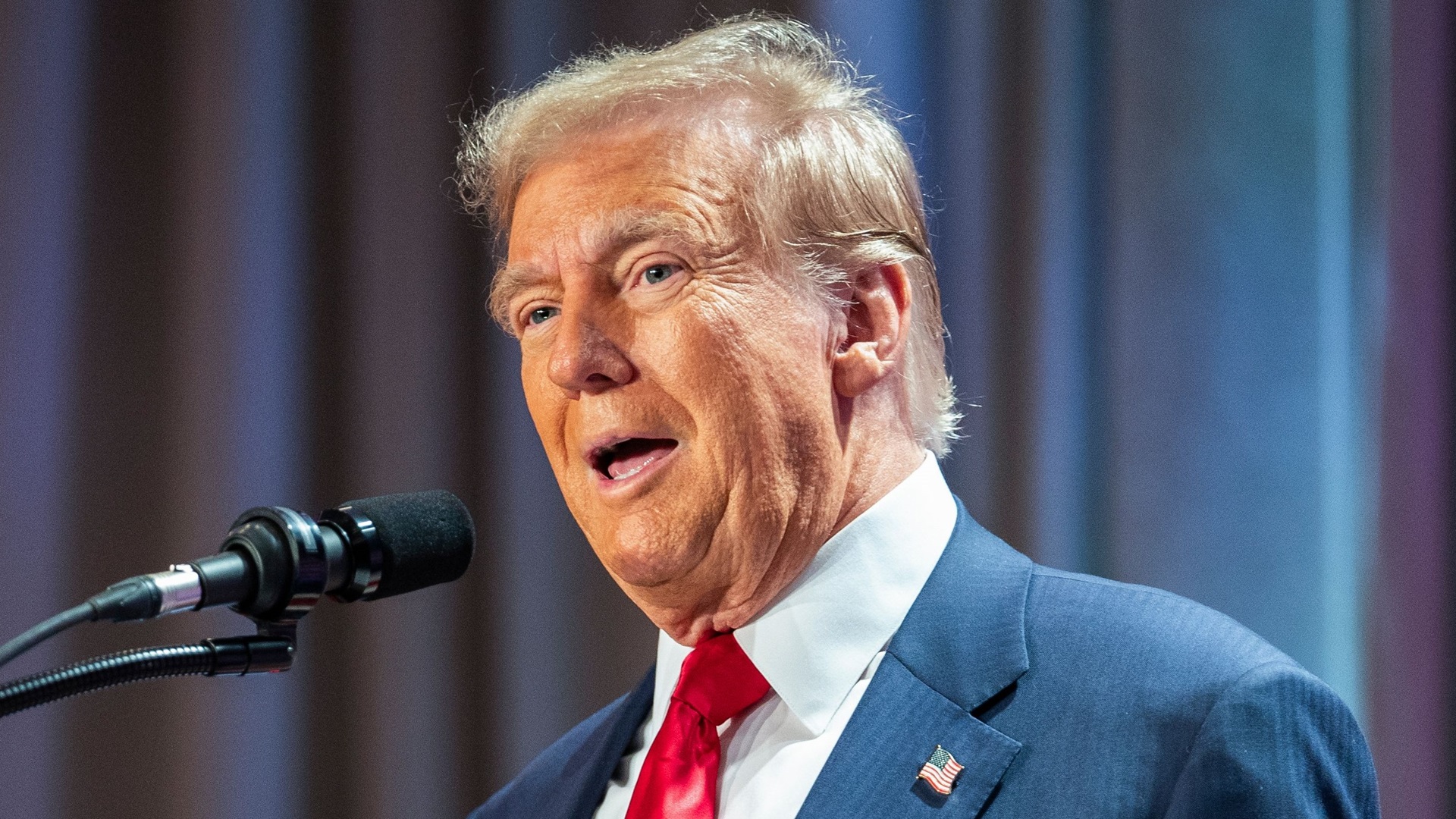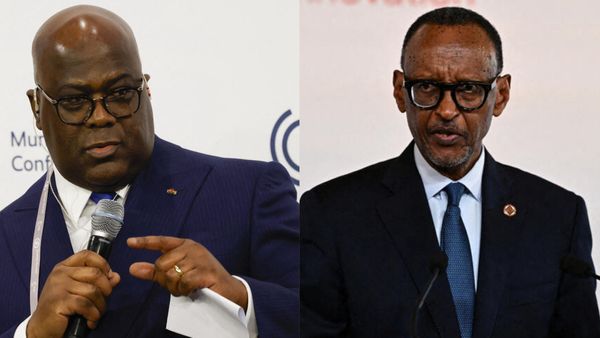
Between the recently passed One Big Beautiful Bill Act and his promised tax plan initiatives, President Donald Trump is taking big economic swings. His focus on tariffs, deregulation and tax cuts will likely impact almost every facet of the American financial system. One such arena that will surely be impacted is the American automotive industry.
Read Next: 5 Ways Trump’s ‘Big, Beautiful Bill’ Could Impact Your Wallet
Learn More: Clever Ways To Save Money That Actually Work in 2025
Here are the economic changes that are most likely to be the determining factors in American car prices over the next four years of Trump’s second term.
Tariffs and Car Costs
Anyone reading about Trump’s economic policies (as well as predictions as to how those policies will impact the economy) is by now familiar with tariffs — that is, the taxes imposed by the government onto foreign imports coming into the country. As he did in his prior administration, Trump has vowed to implement high tariffs onto cars manufactured in Mexico and on foreign-made auto parts.
Trump has claimed this will pressure auto companies to move their manufacturing centers to the America. However, critics have argued that tariffs — while they may increase American manufacturing — will also likely increase car prices. Tariffs will force importers to raise their car prices, which will then force American auto brands to raise their prices, as well.
Find Out: 8 Ways Trump’s ‘One Big Beautiful Bill’ Could Offer Tax Relief
Tariffs Currently Affecting Autos
There has been a lot of confusion when it comes to what items have tariffs and how much they will cost you. Car pricing for everything from imported vehicles to auto parts seems to be impacted. Here are a few key takeaways:
- The United States has implemented a 25% tariff on imported automobiles and certain auto parts under Section 232 of the Trade Expansion Act of 1962.
- The White House and Trump’s administration claimed that these imports threatened U.S. national security and instead want to encourage domestic production and reduce reliance on imports.
- The tariffs apply to passenger vehicles and light trucks, as well as parts like engines, transmissions and electrical components, which could indicate a pricing hike for parts when you do maintenance or repairs.
- The One Big Beautiful Bill Act (OBBBA) will let some taxpayers deduct up to $10,000 on interest paid for loans taken out between 2025 and 2028 to put toward buying a new domestic passenger vehicle.
Less Federal Regulation Means Fewer Incentives
Throughout his presidential campaign, Trump argued that the auto industry’s transition to electric vehicles (EVs) should be driven by the private sector and not the federal government, according to Forbes. As such, he may “consider cutting or redirecting funding for the National Electric Vehicle Infrastructure (NEVI) program, arguing that the federal government should not fund charging networks.”
If this occurs, Trump’s reduction of EV incentives would likely aid Tesla EV sales (one of whose shareholders includes former Trump supporter Elon Musk), because Tesla’s “cost base and vehicle platforms allow it to sell EVs profitably, which might not be the case with other American and global OEMs, who will struggle to match EV and ICE funding.”
Caitlyn Moorhead contributed to the reporting for this article.
Editor’s note on political coverage: GOBankingRates is nonpartisan and strives to cover all aspects of the economy objectively and present balanced reports on politically focused finance stories. You can find more coverage of this topic on GOBankingRates.com.
More From GOBankingRates
- 3 Luxury SUVs That Will Have Massive Price Drops in Summer 2025
- 4 Things You Should Do if You Want To Retire Early
- 7 Luxury SUVs That Will Become Affordable in 2025
- The 5 Car Brands Named the Least Reliable of 2025
This article originally appeared on GOBankingRates.com: 2 Changes Coming to American Car Prices Under Trump







